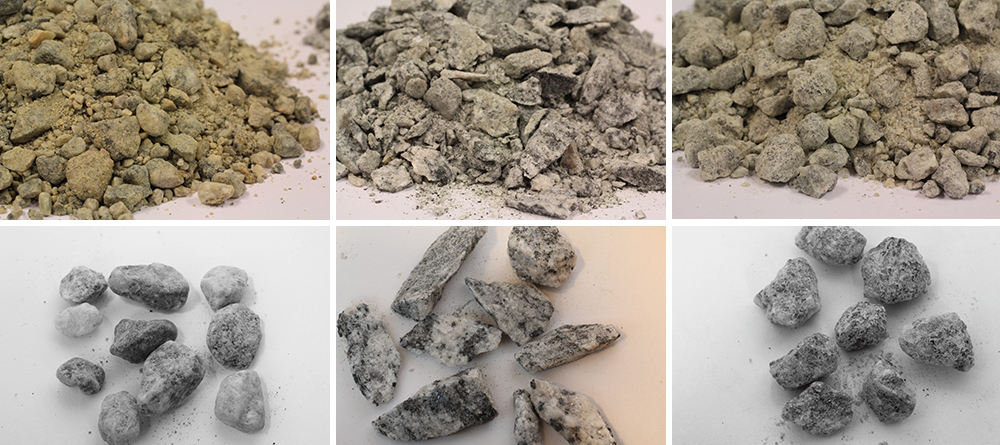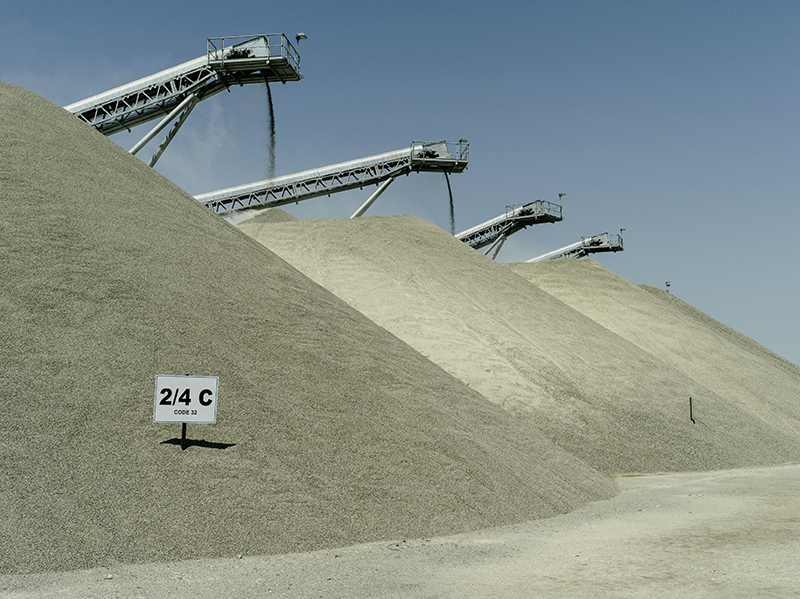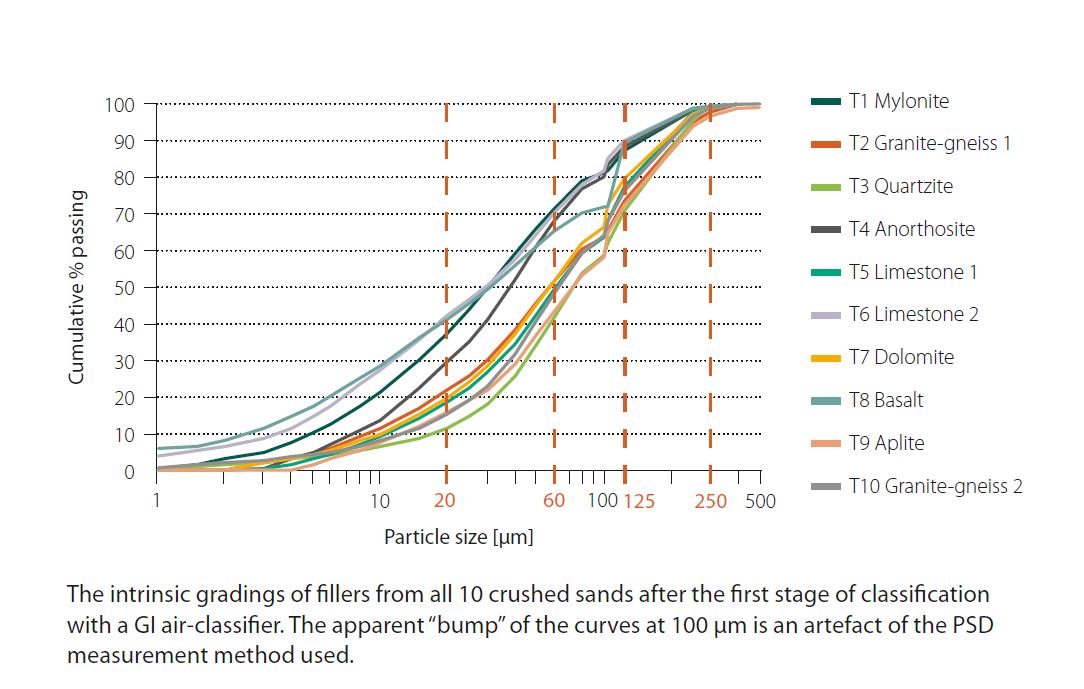TEXT: Rolands Cepuritis
Issues related to aggregates prices, sales and technical issues of the production are usually among the topics of concern to coarse aggregate quarry managers. Another issue is the mass balance of production because, as part of a normal production process of crushed aggregates, up to 30 percent (rock dependant) of the material acquired from the bedrock is reduced to sizes smaller than 4 mm and thus cannot be used as coarse aggregates.
This co-generated material has long been the most unfavorable fraction in terms of assuring a profitable mass balance, since it can be hard to sell or even to get rid of at any price. As a result, in many places there are huge stockpiles of this “waste” that not only affects the profitability of the aggregate operation, but also causes environmental issues.
On the other hand, in the past few decades, the availability of suitable natural sand for concrete production near the point of consumption has been exhausted around many populated regions in the world. This has led to a search for a new replacement material; the aforementioned surplus fines from crushing operations are expected to be the next best alternative – due to both great availability and suitable physical properties.
Well-known differences between natural sand and surplus quarry fines
Early attempts to use this co-generated material as fine aggregate were mainly unsuccessful. However, today the important differences between natural sand and surplus quarry fines are well known by aggregate producers, and there are examples of the producer successfully overcoming the challenges after working in close cooperation with Metso.
With respect to particle shape, this includes optimizing the crushing process along with vertical shaft impact (VSI) crusher, rock-on-rock shaping at the end. This can result in a particle shape that closely resembles that of natural sand.
The issue of the high fines content can be resolved with either wet or dry processing, i.e. different washing techniques or air classification. Finally, if the sand particles are sieved and classified into reasonably narrow particle sizes of a good shape, they can be successfully used as high-quality manufactured sand already today.
The challenging task of crushed sand
Developing new approaches in the field of crushed sand production and then increasing its markets share is not a simple task, one of the reasons being that it involves many parties. This can be described as a sort of “chain”, starting with rock blasting in a hard rock quarry, advancing to rock crushing and screening, then continuing to a ready-mix producer, and finally ending up at the construction site, where the crushed sand concrete is to be evaluated by the end user, i.e. the contractor.
In order to bring all the involved parties together to solve the challenges, COIN, Concrete Innovation Centre (www.coinweb.no), was founded in 2006. Since 2009, Metso has been an active and key participant in the COIN project “High-quality manufactured sand for concrete”. This focus area has served as a source of funding and a hub for facilitating the crucial networking between professionals from the different industries involved and universities and research institutions. The purpose has been to create a better crushed sand solution for the future.
A new trend in crushed sand production
There are two scenarios for a new approach to crushed sand production. One includes choosing the best available geological resources and then trying to copy “mother nature” by putting extreme effort into shaping of the aggregates and the design of grading curves.
Another approach involves finding ways to make crushed sand perform as well or better than natural sand by utilizing its intrinsic properties. This also includes developing a new concrete mix design philosophy that is adapted to crushed sands with specially engineered properties that are different from those of natural sands. The latter is what has been chosen as the philosophy of the new approach of crushed sand production currently under development within the COIN project.
It is also worth mentioning here that crushed fine aggregates normally outperform natural sand when the most essential hardened concrete properties, such as compressive and tensile strength, are compared. At the same time, the problems of achieving economical mixes with suitable workability (fresh state properties of concrete) are normally reported as the main problem that can render the use of crushed sand non-favorable in many cases.




